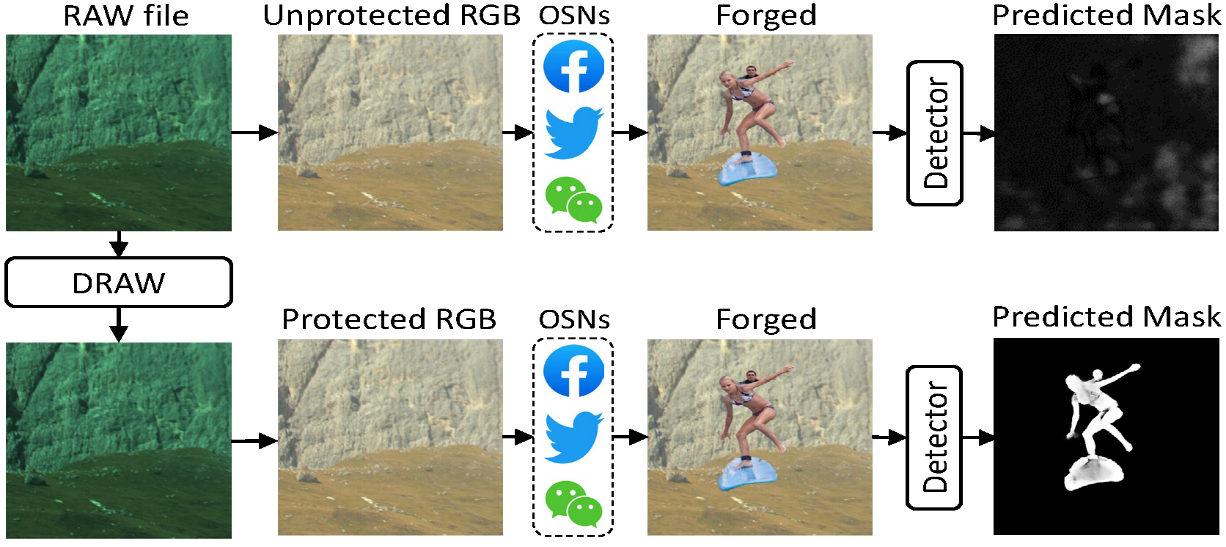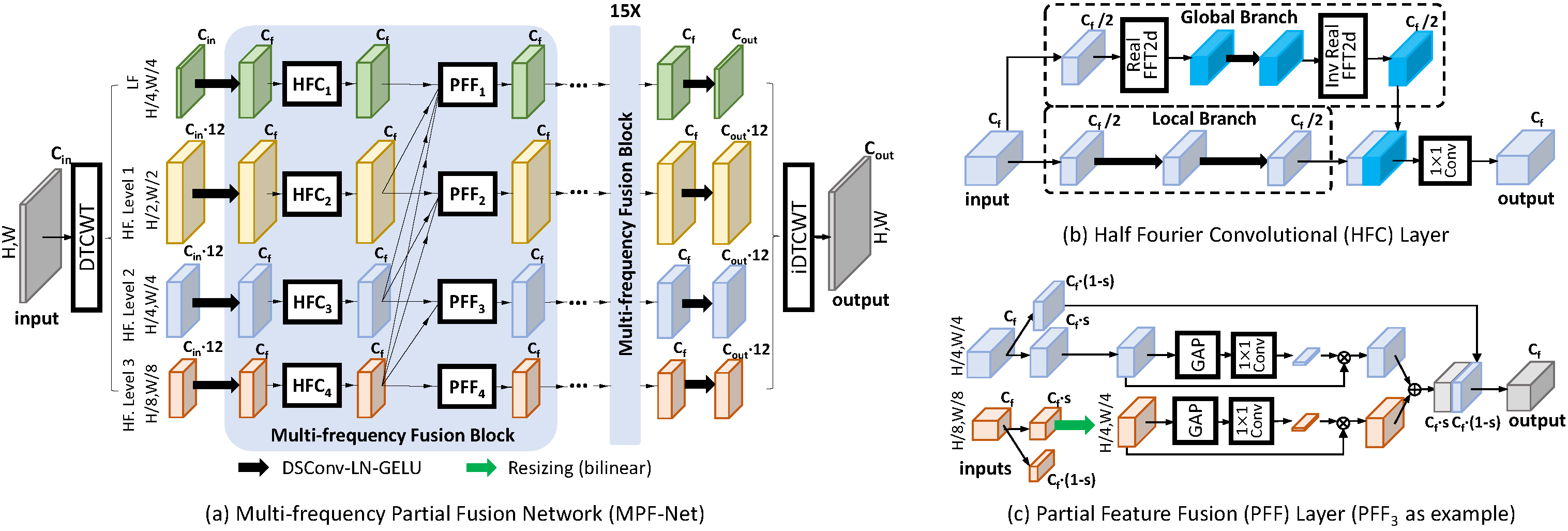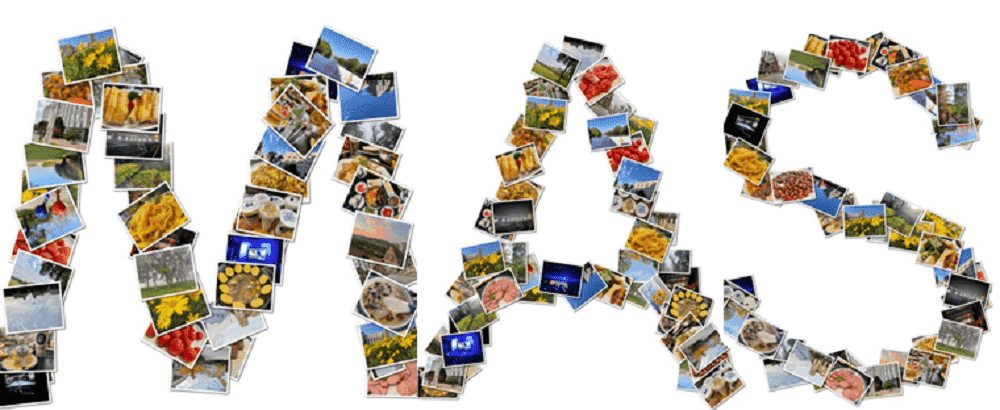
DRAW improves the performance of image manipulation localization against lossy image operations via imperceptible protective signal injection into RAW files.
Abstract
RAW files are the initial measurement of scene radiance widely used in most cameras, and the ubiquitously-used RGB images are converted from RAW data through Image Signal Processing (ISP) pipelines. Nowadays, digital images are risky of being nefariously manipulated. Inspired by the fact that innate immunity is the first line of body defense, we propose DRAW, a novel scheme of defending images against manipulation by protecting their sources, i.e., camera-shooted RAWs. Specifically, we design a lightweight Multi-frequency Partial Fusion Network (MPF-Net) friendly to devices with limited computing resources by frequency learning and partial feature fusion. It introduces invisible watermarks as protective signal into the RAW data. The protection capability can not only be transferred into the rendered RGB images regardless of the applied ISP pipeline, but also is resilient to post-processing operations such as blurring or compression. Once the image is manipulated, we can accurately identify the forged areas with a localization network. Extensive experiments on several famous RAW datasets, e.g., RAISE, FiveK and SIDD, indicate the effectiveness of our method. We hope that this technique can be used in future cameras as an option for image protection, which could effectively restrict image manipulation at the source.
Method

The pipeline design of DRAW
We denote the captured RAW data as

Network Design of MPF-Net
If you like the project, please show your support by leaving a star 🌟 !
BibTeX
@article{hu2023draw,
title={DRAW: Defending Camera-shooted RAW against Image Manipulation},
author={Hu, Xiaoxiao and Ying, Qichao and Qian, Zhenxing and Li, Sheng and Zhang, Xinpeng},
journal={Proceedings of the IEEE/CVF International Conference on Computer Vision},
year={2023}
}
